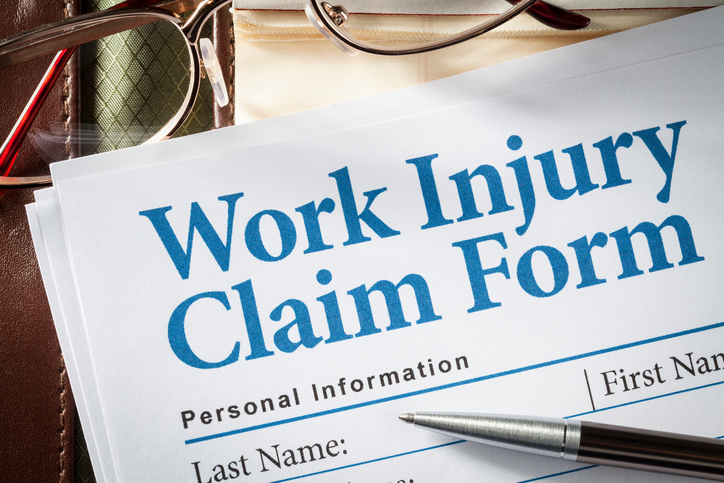Obviously, anytime an employee is injured, the employer wants to ensure he or she gets well and can come back to work. Workers’ compensation helps with this process.
Workers’ compensation insurance pays not only for employees’ medical treatment but also typically for at least a portion of their lost wages while they’re on leave. This allows employees to get by while waiting to work again and prevents the employer from losing workers due to an injury. It also ensures employees don’t fail to report injuries for fear of losing their income.
That said, there are a lot of ways dishonest people can take advantage of the workers’ compensation setup. For example:
- Someone could claim an injury that isn’t real or exaggerate the severity of their symptoms to get more paid time off.
- Nonwork injuries can be passed off as work injuries. (Note, however, that a past injury that is exacerbated at work is still a work injury.) This is something that is of particular risk when employees don’t have health insurance to cover their medical bills outside of work.
- Someone may fail to report how quickly he or she is healing, pushing to extend his or her paid time away after legitimate workers’ comp leave.
- The entire workplace incident may have happened intentionally in order to create the situation of paid reimbursement while healing. (The injuries sustained may or may not be exaggerated in this scenario).
Avoiding Workers’ Comp Fraud: Ideas to Implement
For employers looking to minimize these problems, here are a few ideas:
- Work with medical providers to help them understand employee duties so they can make a clear assessment on when someone is able to return to work. (Of course, this does not mean intruding on medical treatment; it simply means providing details on essential job functions so a medical provider can make a clear assessment.)
- If the worksite does not already use video monitoring, implementing this could be a means to review the situation when an accident occurs. For real workplace injuries, this could present an opportunity to assess how to ensure it doesn’t happen again. For fraudulent claims, this could be the proof needed to show the injury didn’t occur the way it was claimed. (Remember, however, that workers’ comp is still valid even for injuries that were caused by employee misconduct.)
- Always investigate the full story when a workplace injury occurs. It’s not necessarily false, but it may be a red flag if there are no witnesses to something that happened in a populated area. Other red flags include contradictory or changing details of how the injury occurred, injuries that are not consistent with the situation described, or injuries that happen at convenient times like during talk of layoffs. Obviously, these red flags don’t necessarily mean a claim is false; it just may mean the details need to be assessed.
- Have a plan in place for workers to come back as soon as they can. Ideally, this would include modified duty options to come back in a different capacity if warranted to help employees get back on the job sooner. Also, stay in close contact with them during recovery.
What has your experience been in administering workers’ compensation claims? Have you suspected fraud in the past? What did you do to handle the situation? What would you add to this list?
Bridget Miller is a business consultant with a specialized MBA in International Economics and Management, which provides a unique perspective on business challenges. She’s been working in the corporate world for over 15 years, with experience across multiple diverse departments including HR, sales, marketing, IT, commercial development, and training.
